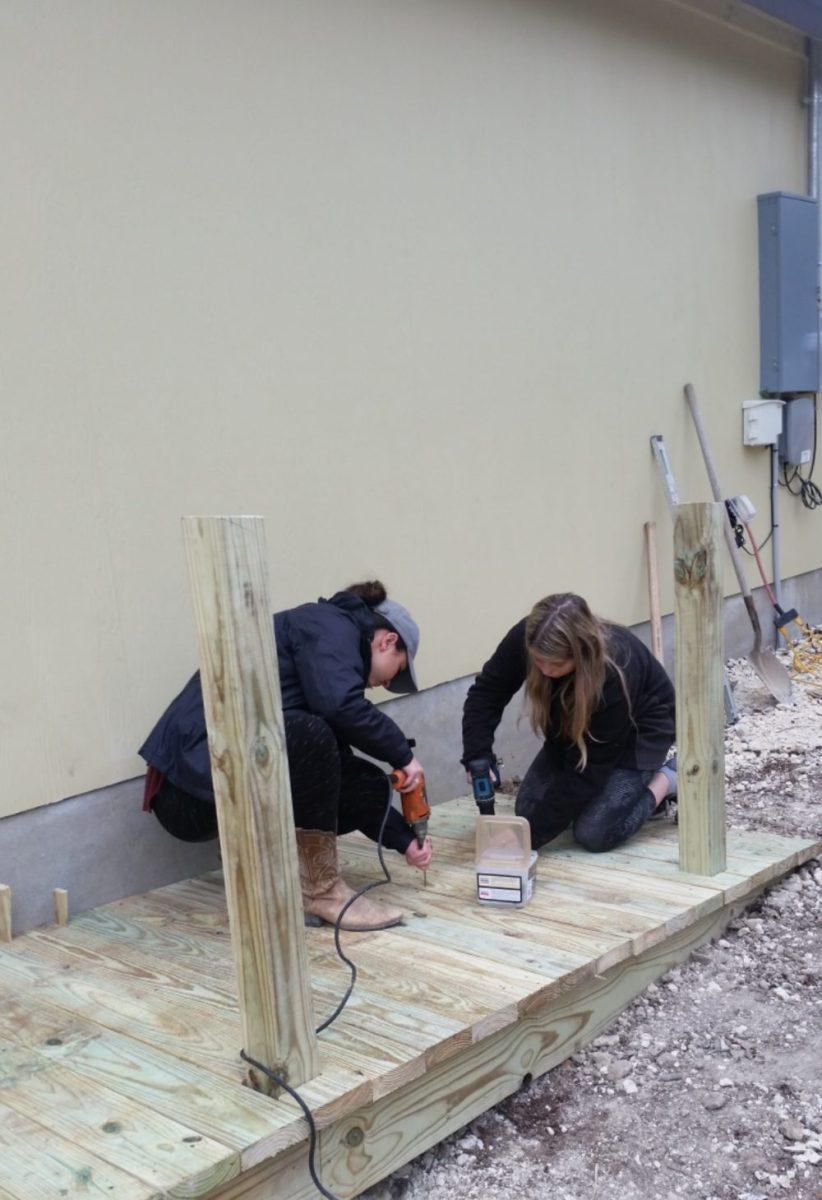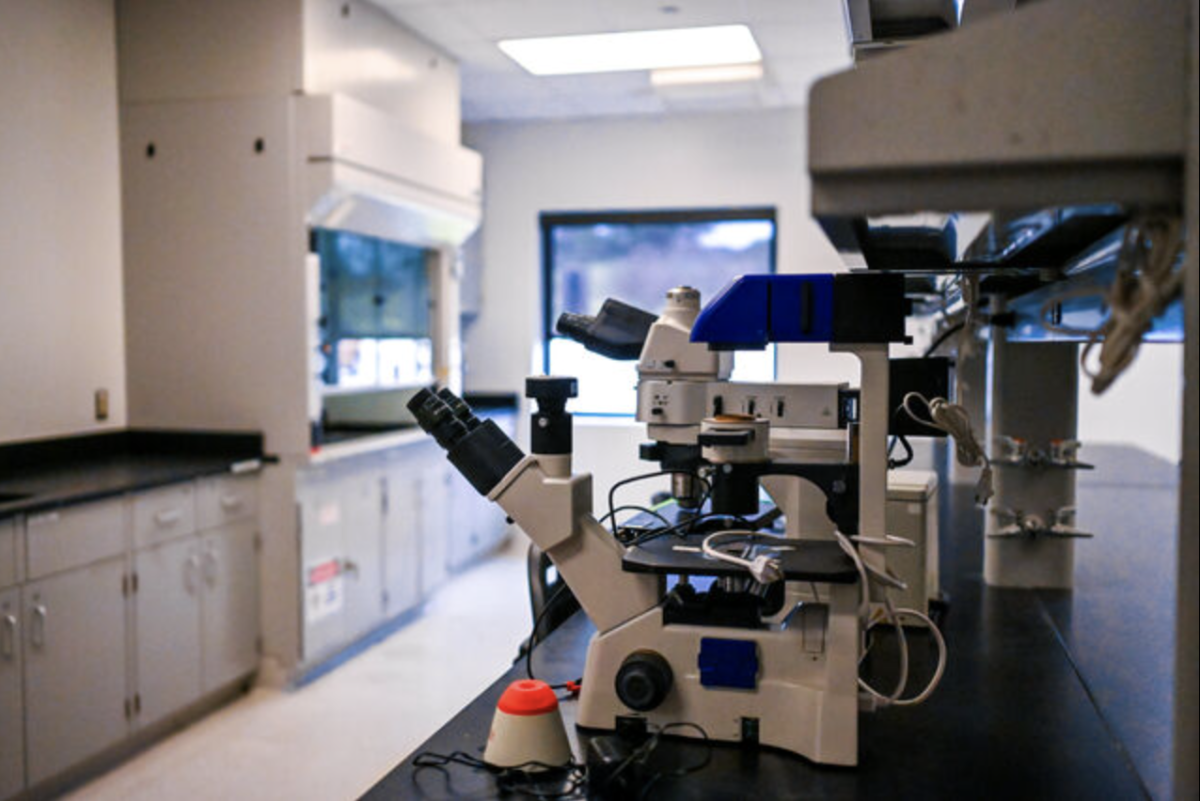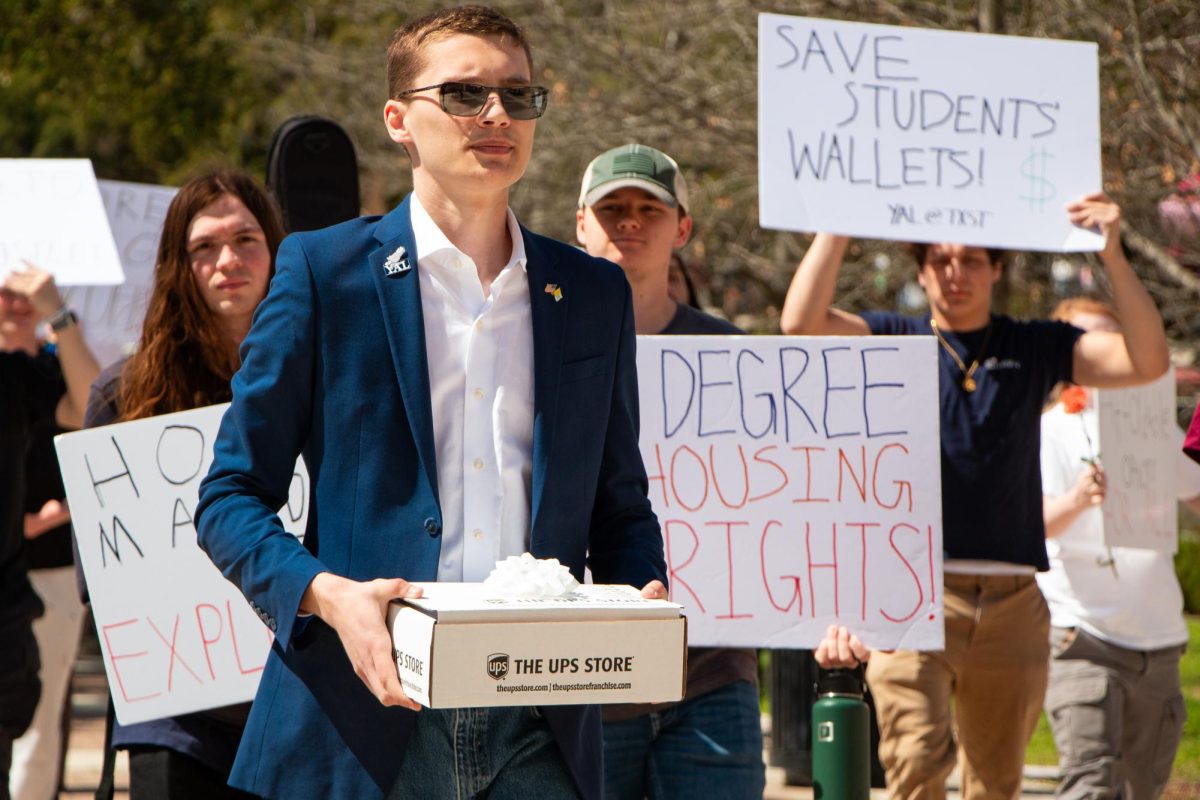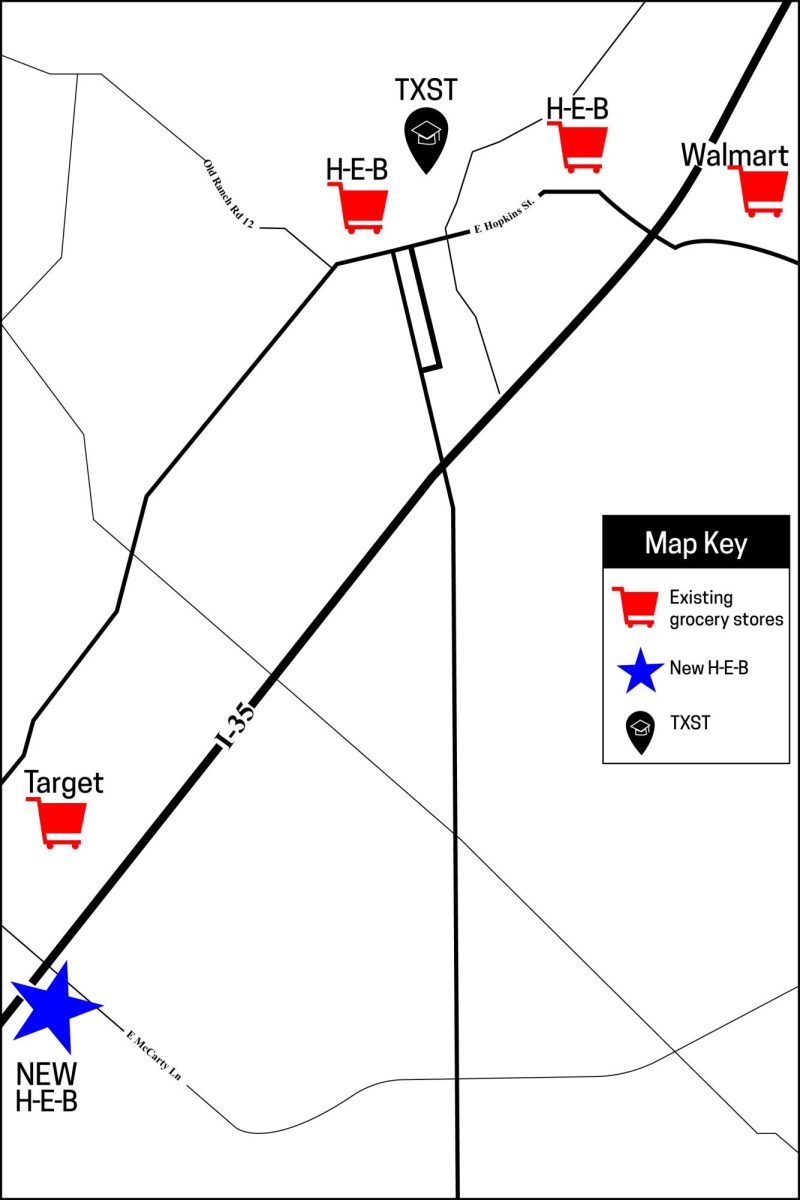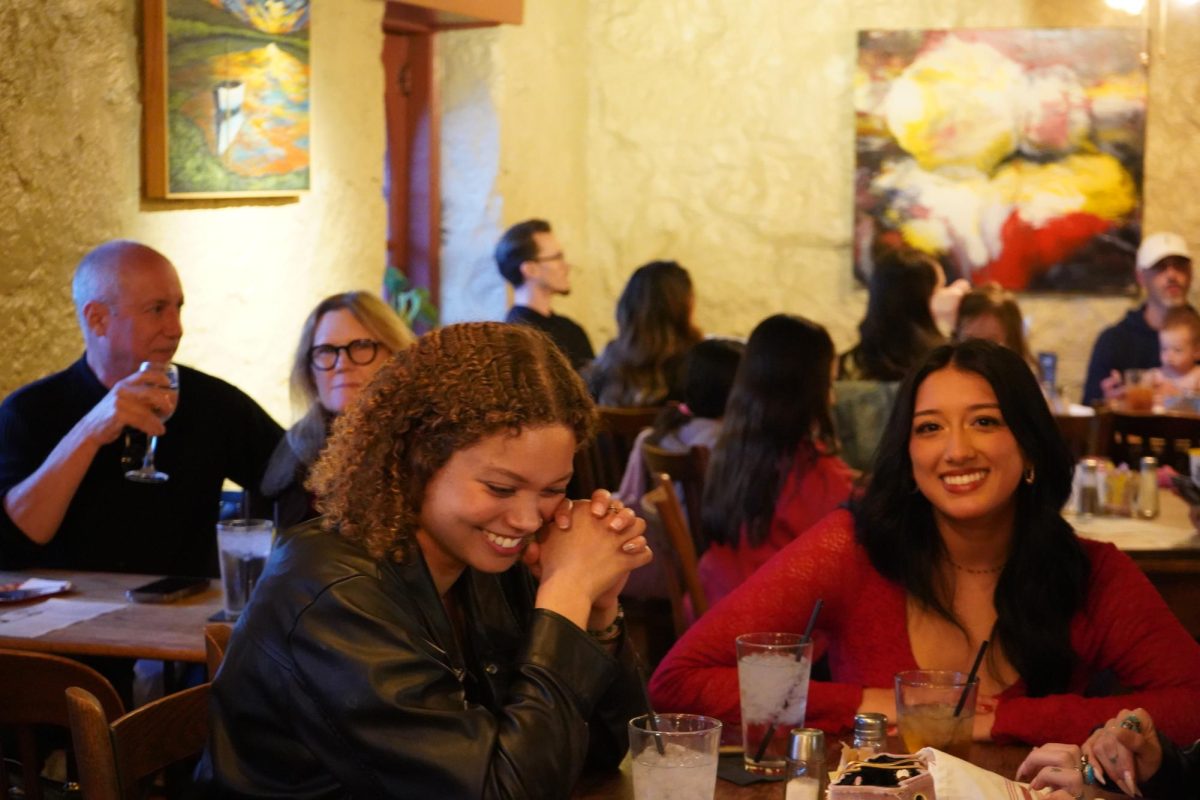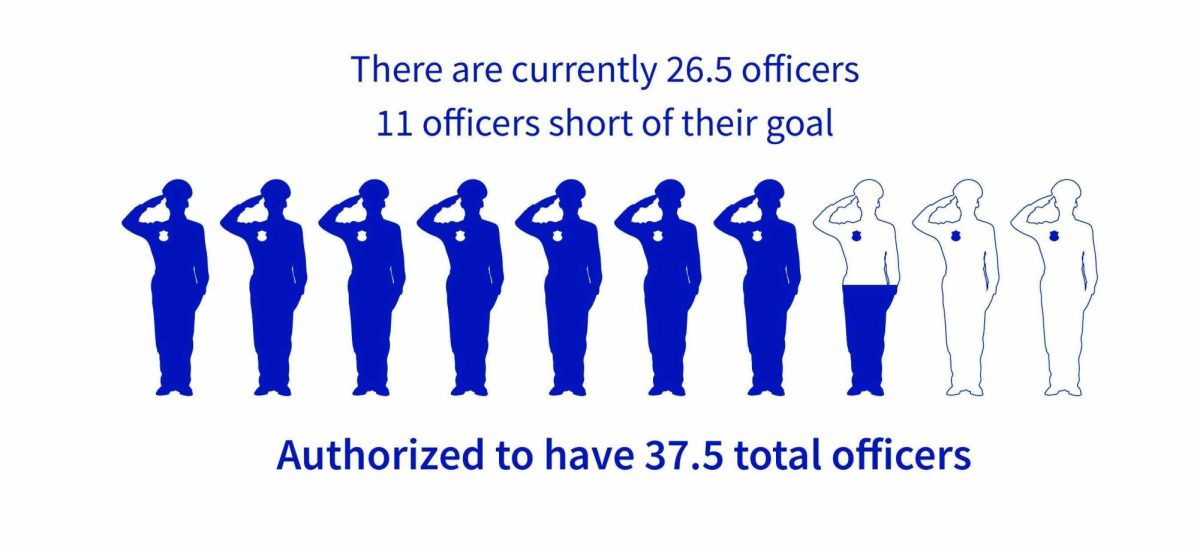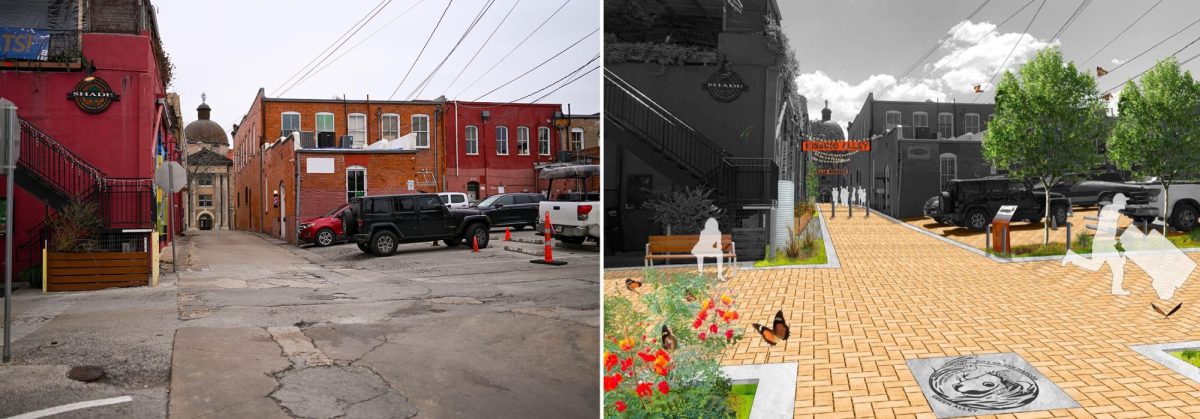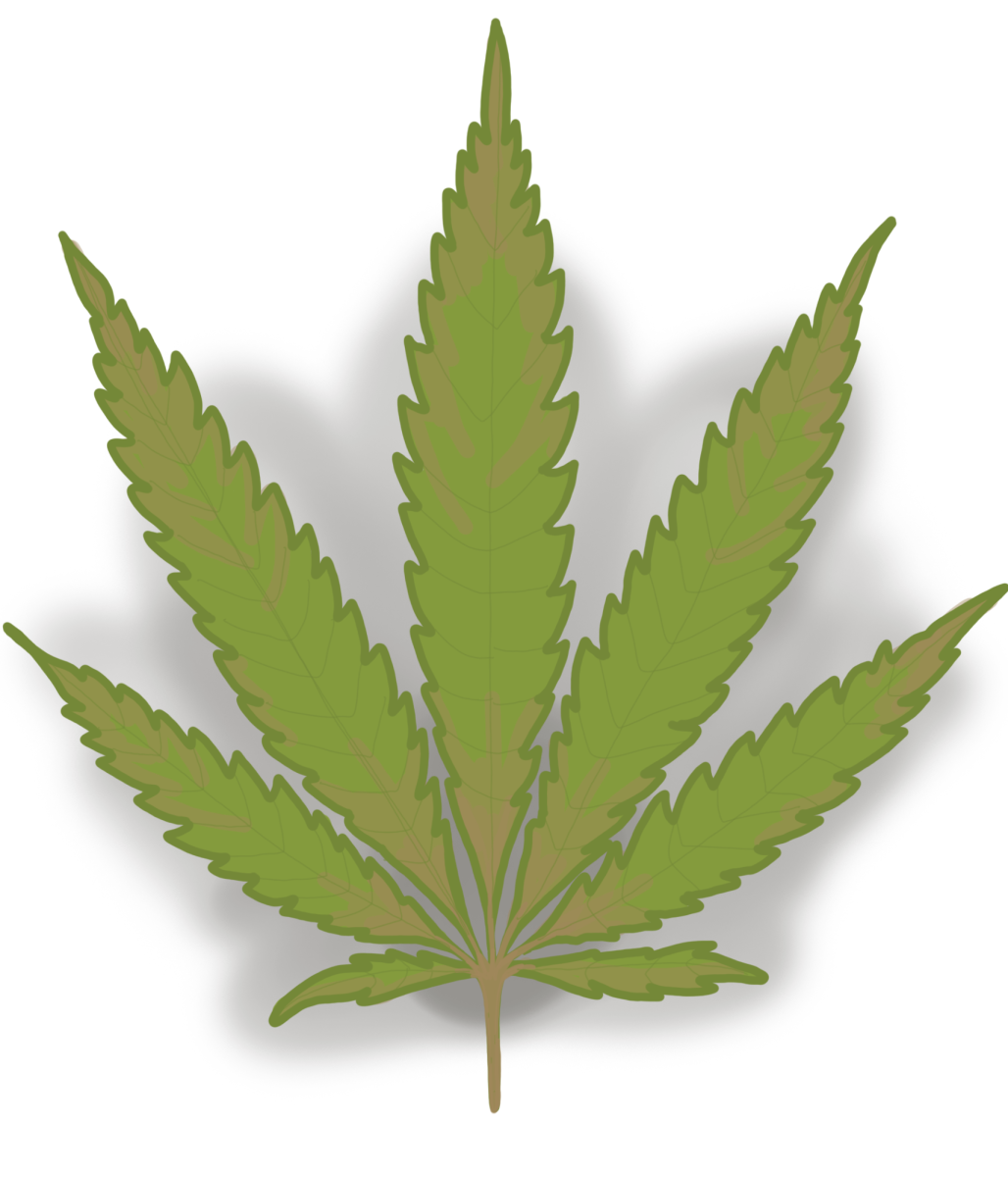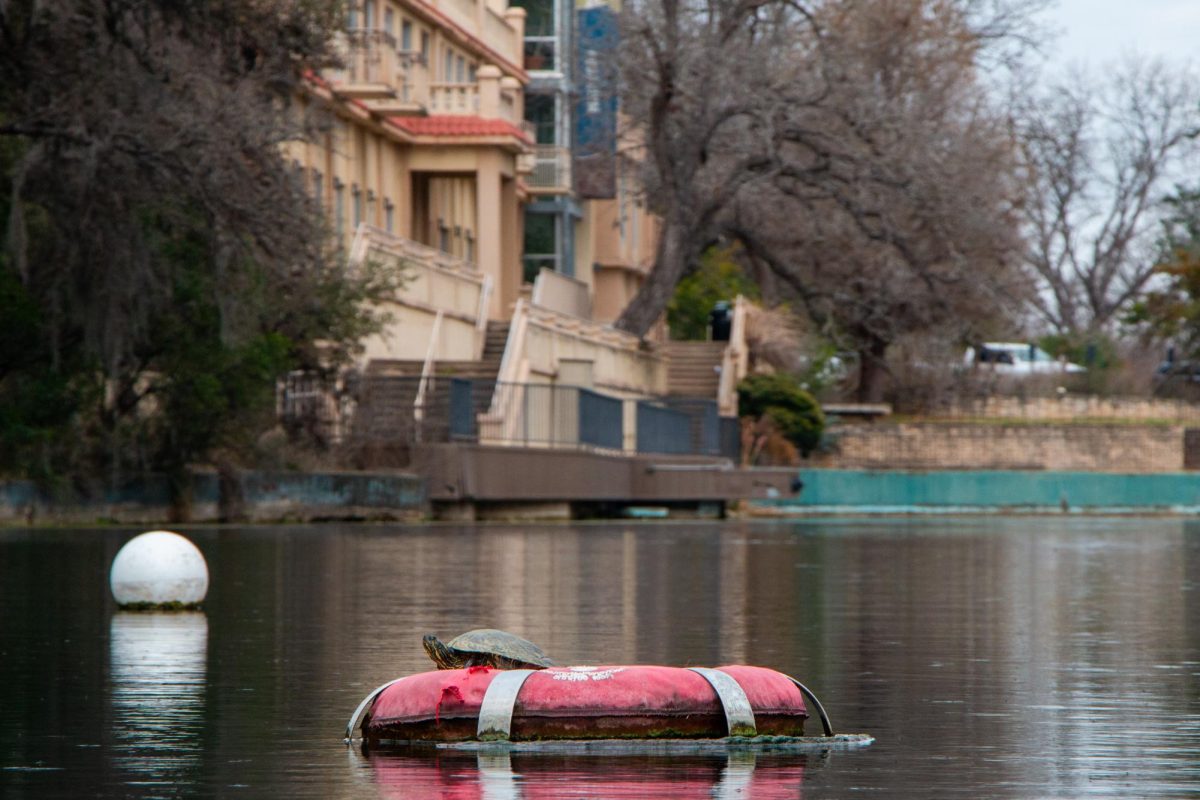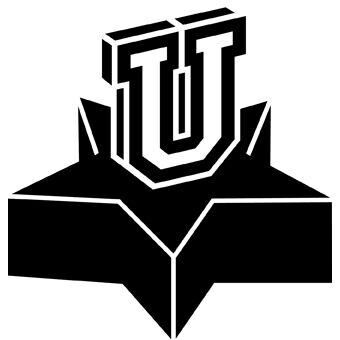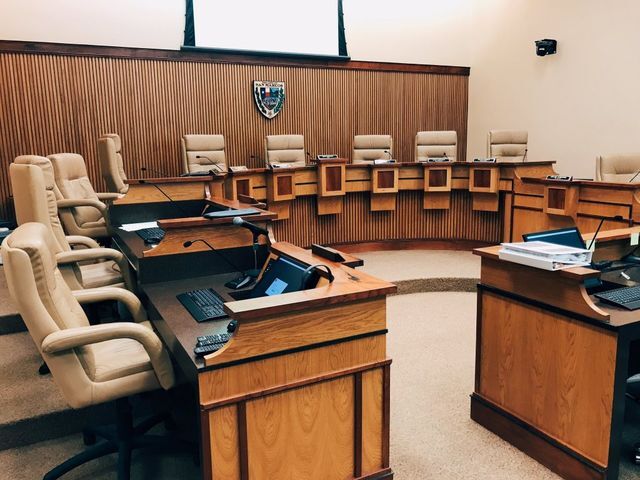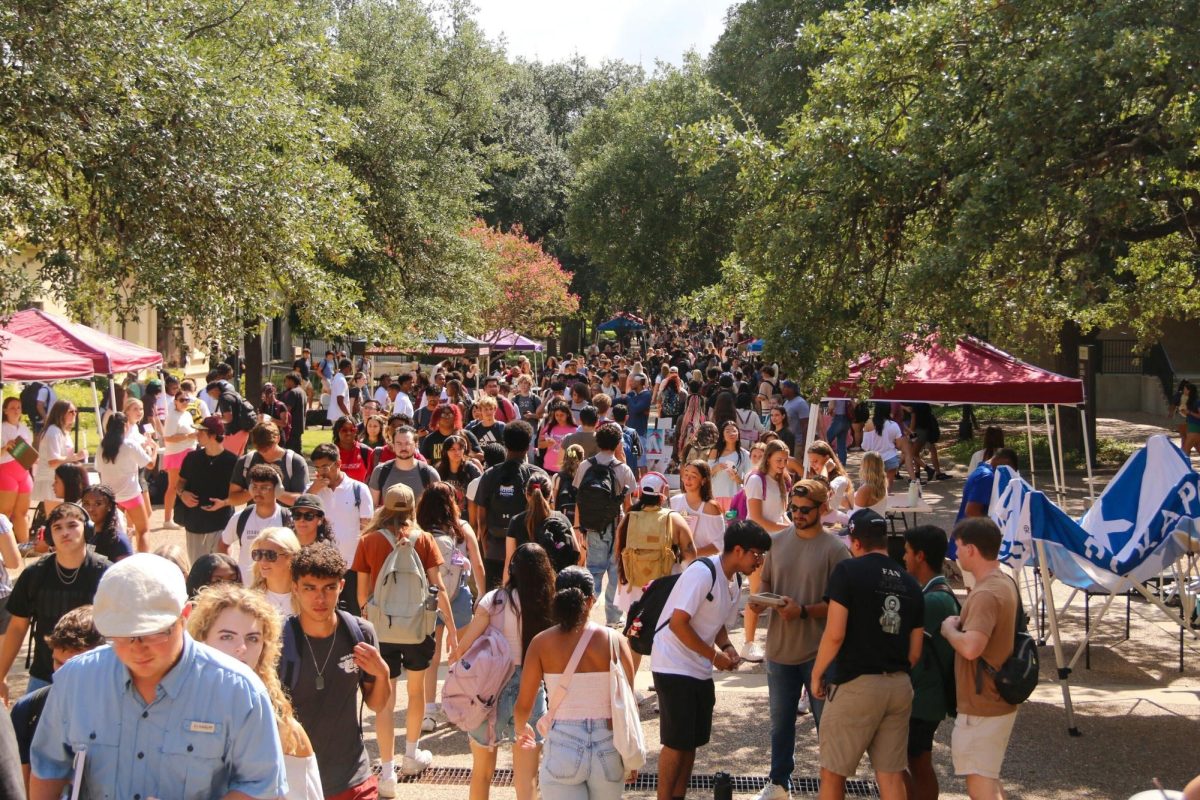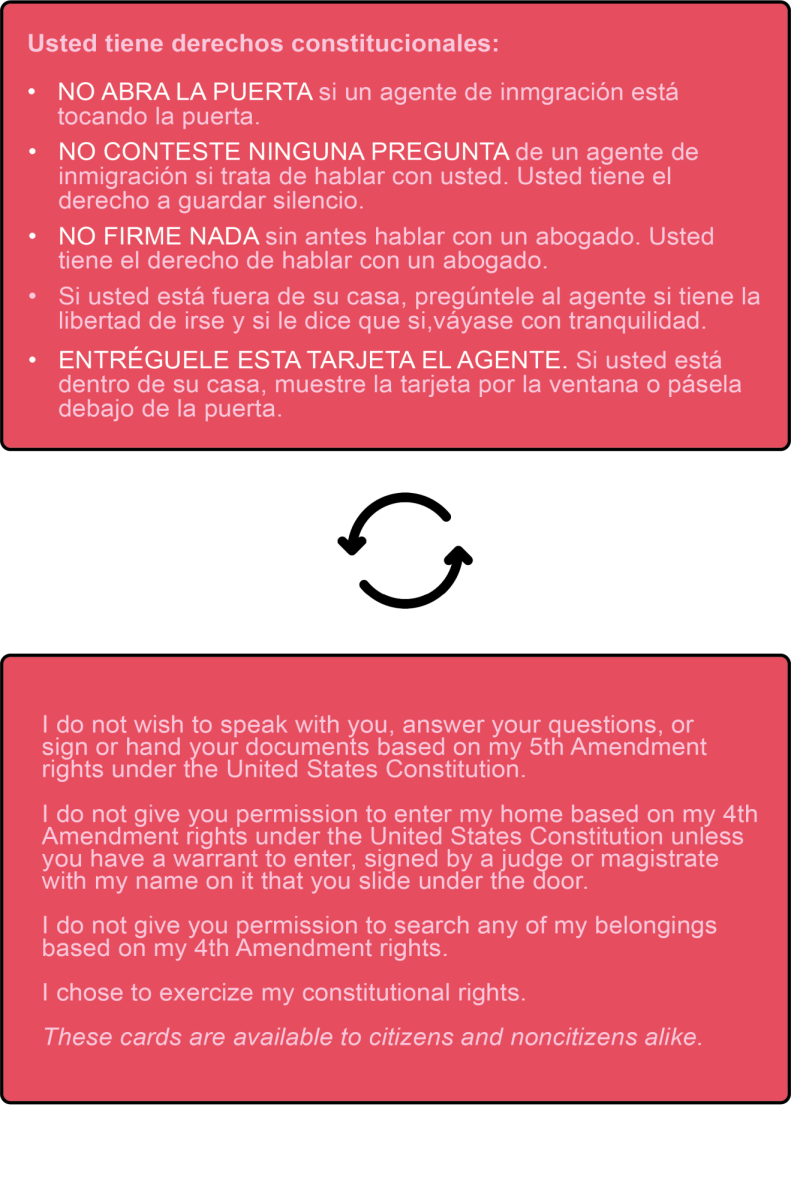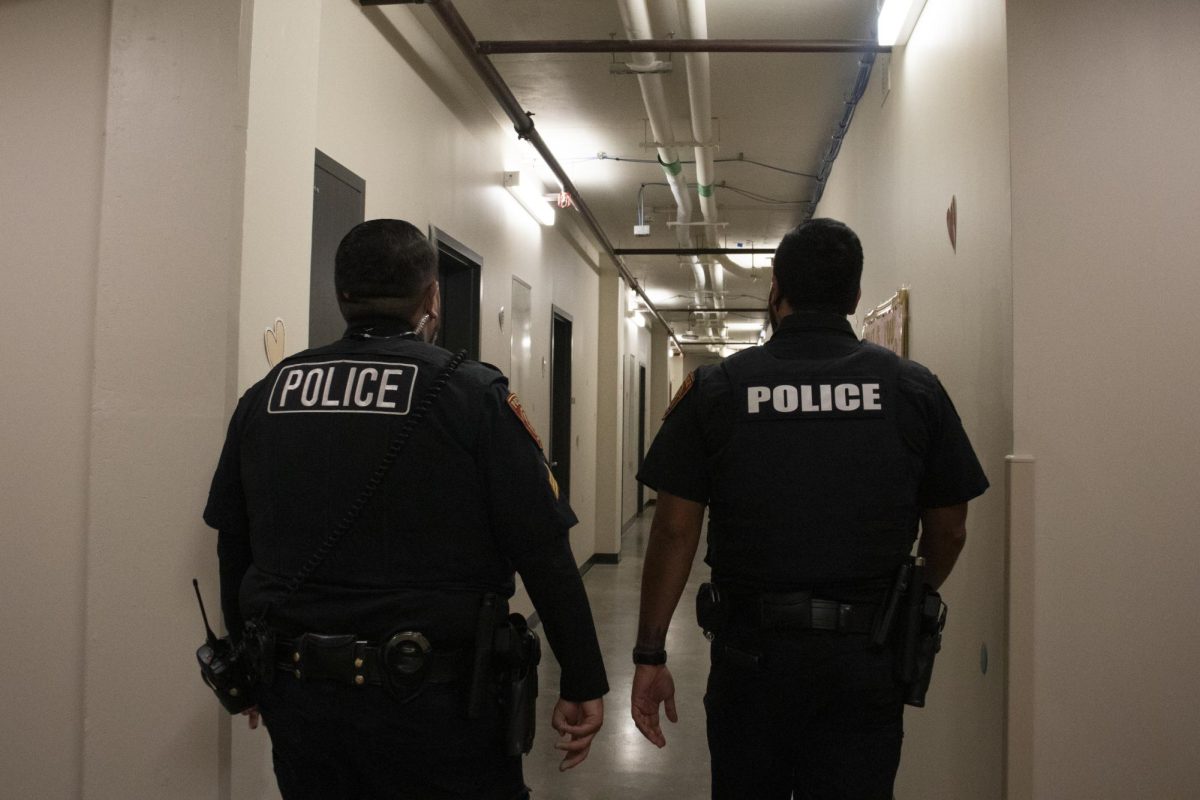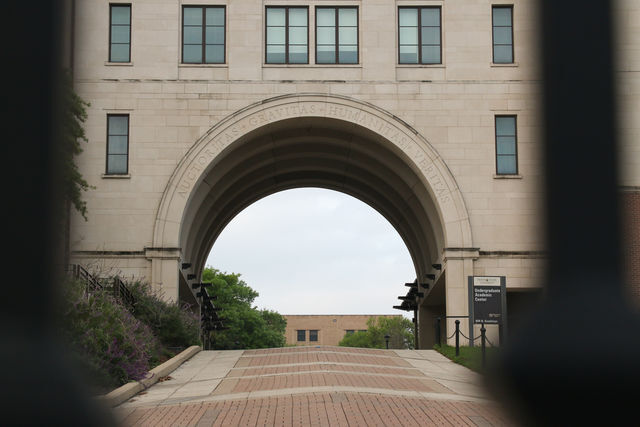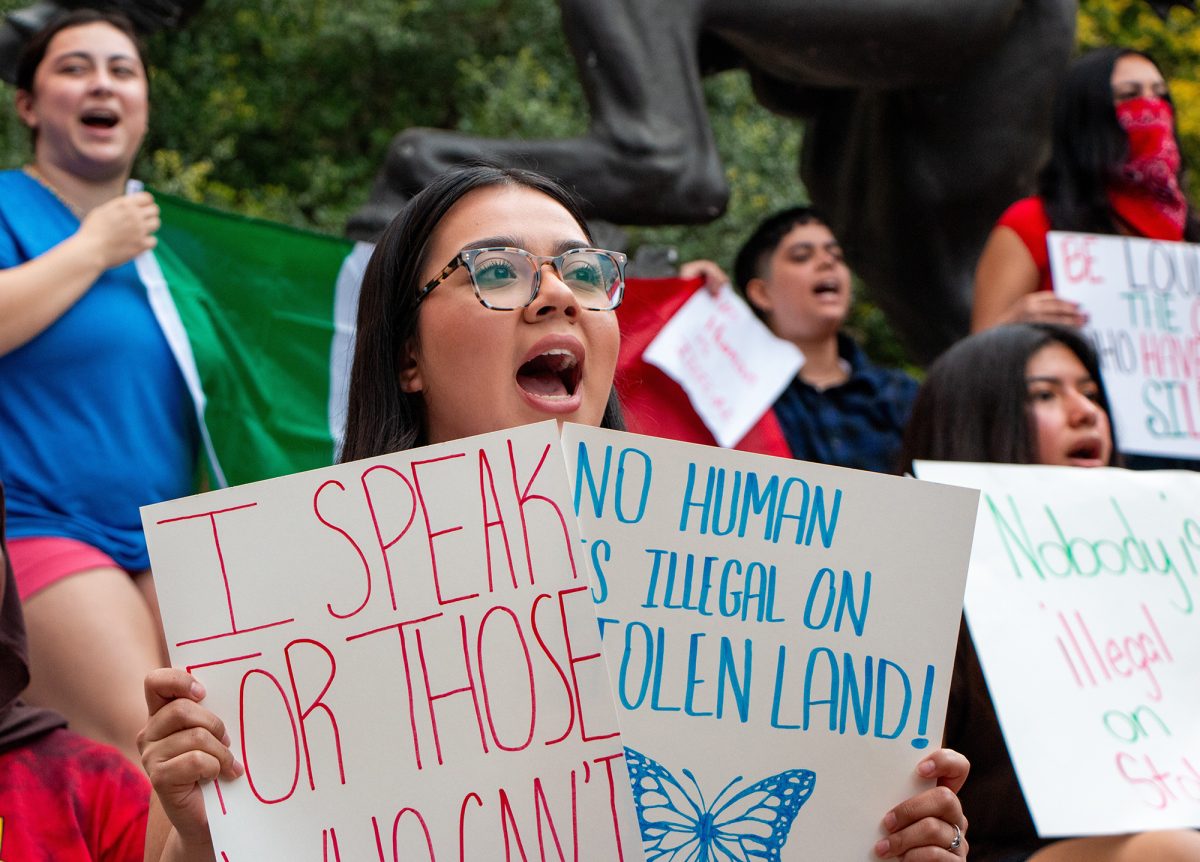The Service-Learning Excellence Program allows students to earn course credit through both service and experiential learning.
The program specializes in students learning through both campus and community-wide service and is comprised of three model programs: Mutual Adoption Pact, Safe At Home and MAP Rides.
Program director Stephanie Rodriguez said the program will promote a positive relationship between the university and the city.
“The program mission is to foster a mutually beneficial relationship between Texas State University and the San Marcos community as well as surrounding areas,” Rodriguez said. “We bring community engagement into actual courses versus the typical lecture format.”
In 1997, former Student-Learning Excellence Program director Cecil Renick received a grant from the Robert Wood Johnson Foundation to create MAP, an intergenerational program that specializes in partnering university students with community elders or people with disabilities.
“MAP builds relationships,” Renick said. “The student does things with their elder client to strengthen the client’s independence, and in turn, the client becomes a mentor to the student. It’s a mutual benefit between two distinct generations and is a way of partnering millennials with most likely baby boomers.”
According to Renick, the interest generated by MAP resulted in a presidential seminar in 2000 and from that came the establishment of the Service-Learning Excellence Program in 2001. In 2017, MAP Rides was created as a supplement to MAP and Safe at Home, a program that seeks to reduce the risk of injury and death from elderly people falling at home.
“Students do home safety checks, but the prominent feature of the program right now is a wheelchair ramp program that we do in conjunction with McCoy and a local contractor,” Renick said. “I have a small grant that covers service fees, and students engage as part of their learning commitments. MAP Rides is a nonemergency medical transportation program where students will pick clients up, transport them to their medical appointment and then return them to their residence afterward.”
Students can become involved in the Service-Learning Excellence Program through a course with the service-learning sectional designation. The service-learning component can be offered as an extra-credit activity, a one-time event or a semester-long activity and can be found at the graduate or undergraduate level within various departments and colleges.
“For a course to be considered SL, it must include an SL description in its syllabus,” Rodriguez said. “[Being in an SL course] requires a reflective piece about the student’s experience, and the professor sends the program metrics at the end of the semester including hours and who [the student] worked with.”
According to the 2017-18 Service-Learning Excellence Program Annual Report, the program has undergone growth over the last few years in the number of faculty members, departments, classes, course selections and service-learning hours.
MAP and SAH director Johnny Etienne said the program enriches the collegiate experience by encouraging civic engagement.
“Through MAP and SAH, I get the ability to interact with both students and the community,” Etienne said. “I also get the opportunity to share the program’s values and give an inside look on the great things and people of Texas State and San Marcos.”
Interested students can add SLSD to the search criteria when registering for classes, which will pull up the relevant courses.
Categories:
Students earn course credit through community service program
September 18, 2018
Students are building wheelchair ramps as part of the Service-Learning Excellence Program.
Photo By Malarie Ohrabka
0
Donate to The University Star
Your donation will support the student journalists of Texas State University. Your contribution will allow us to purchase equipment and cover our annual website hosting costs.
More to Discover


